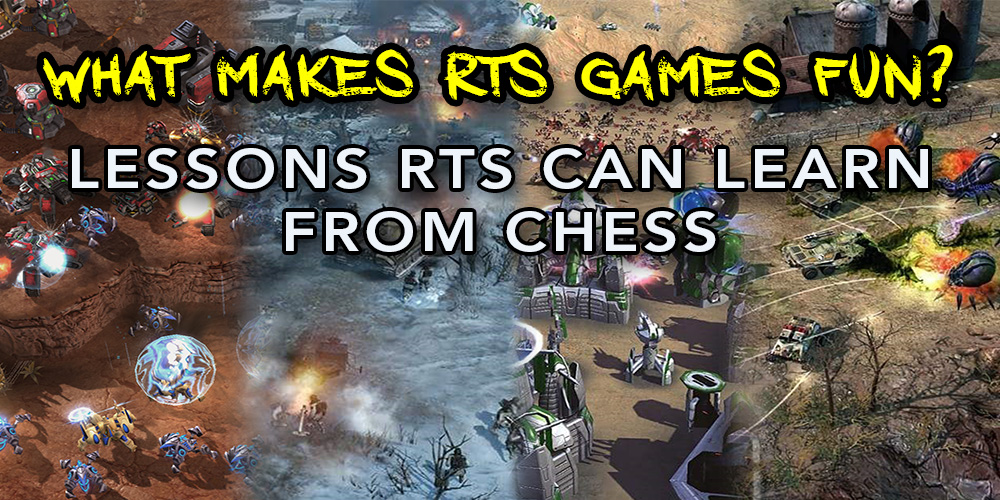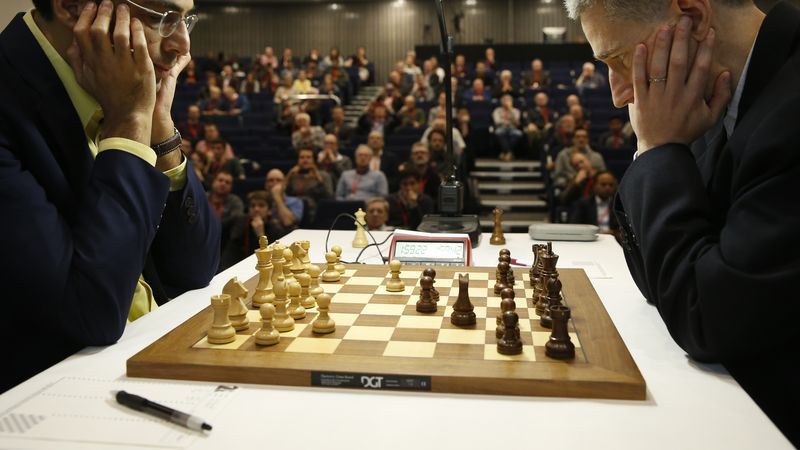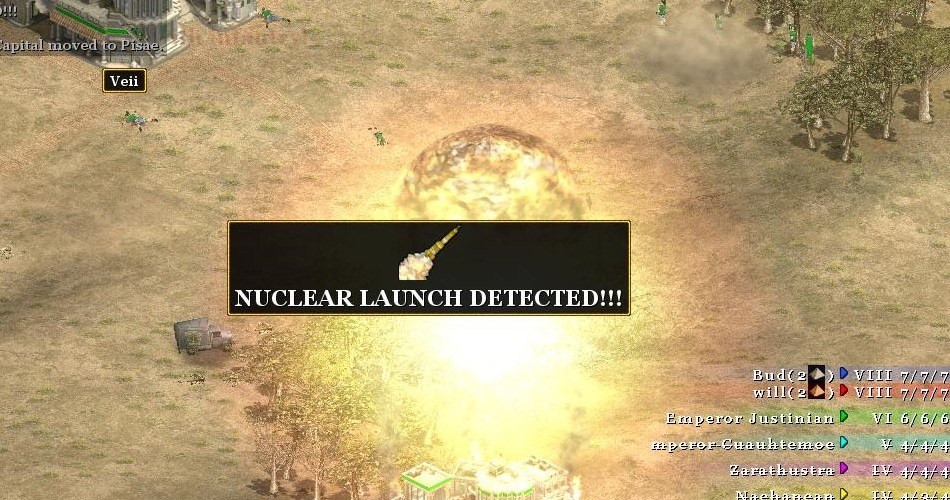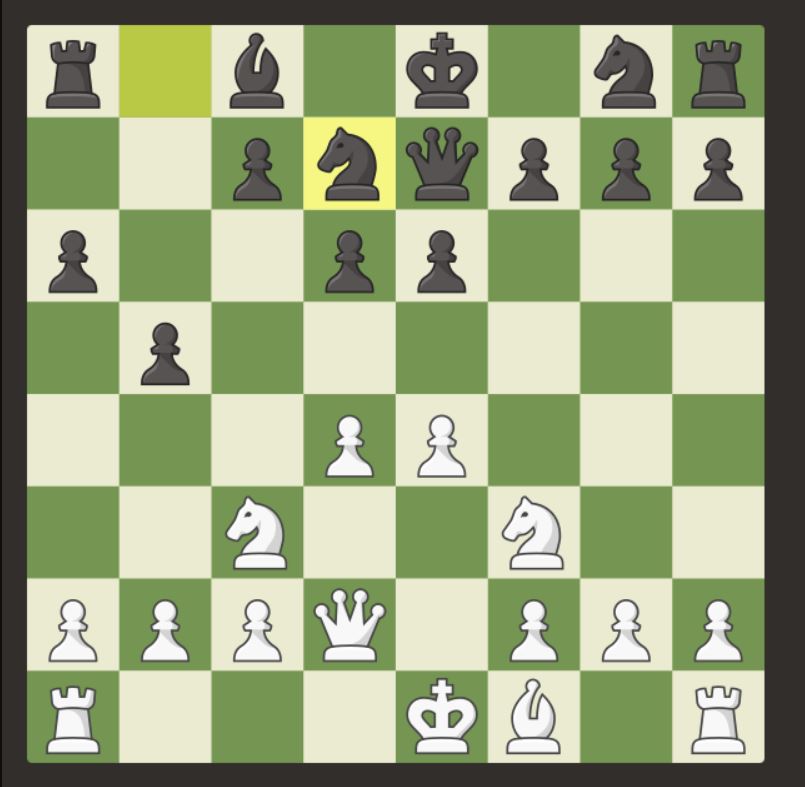
Chess is one of oldest strategy games of all time, and the most successful having been passed down across generations for over a millennium. Depending on how you define esports, Chess could now be considered one via platforms such as chess.com, with computerisation and AI having increased accessibility and the scope of what’s possible within Chess as a product. The long-term thriving and proliferation of Chess is a consequence of incredibly elegant game design both regarding depth but also simplicity. Today, I’ll be analysing Chess through the lens of my RTS perspective, praising its design and drawing lessons that RTS games can learn from its success. I’m not a Chess expert, but I have a great appreciation for it, growing up with it and still enjoy playing it casually.
If I could only pick a single point to praise about Chess, it would be the amount of depth and variation possible within such a limited roster of simple pieces. You can play Chess a hundred times and never feel like you are playing the game twice, yet it isn’t convoluted with too many pieces or complex abilities. RTS games should certainly be more complex than chess, but the design philosophy of doing more with less is usually the key to success, with franchises such as StarCraft and Company of Heroes being prime examples of this. There are so many strategies for how Chess can be played, even from the start of the game. Players can open to form a strong Pawn structure, prioritise deployment of Knights and Bishops or look for a Queen trade. Chess doesn’t fall into the trap of a slow predictable early game with a delay until the game gets interesting. Likewise, the best RTS will have their early game with room for variation so that every decision is meaningful.

A unique quality of Chess compared to many other board games is the absence of luck. There’s no dice rolling or drawing cards, everything is in the player’s control, so nothing to blame when you lose. The absence of luck makes the game always fair and means losing is less frustrating, leveraging our competitive drive to improve. The amount of variance and depth within a game devoid of any luck and with such a small unit variety is an absolute marvel. Maximizing variation within a simple framework is an immense challenge that requires precise execution; adjust the starting piece layout in Chess, and you could have a more shallow and repetitive game. Throughout the ages, Chess has undergone many changes to the game to improve its game flow and variance, such as the introduction of double pawn movement and changes to the Queen.
One great thing that Chess does is how the low tier unit, the pawn, is an integral part of the game. Establishing strong pawn structures gives players more stability and safety when deploying pieces around the board, and threatening higher value pieces with pawns can displace your opponent and waste their moves. Pawns also have utility in blocking the King and late game scalability with the promotion mechanic, allowing the pawn to get promoted to any other unit if they reach the end of the board. Instead of looking for King pressure or attacking pieces, a player’s mid-game strategy could be to advance their most forward pawn to secure a Queen. RTS games typically benefit from having basic units as a core of the game which then also contain utility and late game scalability.

One of the key pillars of Chess is the unique way in which games are resolved. Rather than wiping all your opponent’s pieces or forcing them to surrender, players attack their opponent’s King, which if successful, will result in an instant loss. The vulnerability of the King keeps the stakes of the game high as players always need to play carefully as small mistakes can lead to devastating consequences. Players can’t play clumsily just because they currently have an advantage. Multiple modes of success or victory are an inherent anti-snowball mechanic; some RTS leverage alternative win conditions to keep the game flowing better, and there’s no doubt Chess would be boring if the only path to victory was through total elimination of pieces. Alternative victory conditions are not necessary to prevent snowballing, but RTS games need more than one path to success else the game loses any tension once a player gets a slight advantage. RTS games typically have the options for deciding engagements with superior control or strategic counters on top of raw numbers.
A large component of Chess, which RTS and most multiplayer video games lack, is the ability to decide matches in a stalemate. If a player is unable to make any moves on their opponent and lacks the units to cause a checkmate, the game ends in a draw. Stalemating is a great mechanic because it gives players a reason to continue the struggle even if they have no hope of winning. The only RTS that meaningfully implemented stalemates is Rise of Nations’ Nuclear Armageddon mechanic that occurs if too many nukes are deployed. I’d love to see RTS experiment with the introduction of non-binary game outcomes to give players a reason to keep engaged even if they clearly won’t win. A variant of the victory points system from Company of Heroes could be used to draw if no players can take and hold enough territory for the required duration.

Another aspect to the success of Chess is the presentation. Each of the units are visually distinct and unique, both as their 3D objects on a board and their representation in 2D such as computer games. The bishops are pointy, the Rooks are squares, and the Knights are a horse. This makes the pieces memorable and makes the learning curve more simple as no two pieces look the same. The representation of each unit as a piece of a medieval battlefield helps players conceptualise the premise and gameplay of chess. There’s a difference between abstractions and contrived gameplay, it makes sense for a Knight to be capable of traversing over pieces since cavalry are more mobile than infantry.
Chess as a strategy game is fantastic, but also as a wider product. The mechanics of Chess can be accessed and modified in many ways; starting pieces and layouts can be mixed up, pieces can be remodelled into a different theme, solvable Chess problems can be extracted and analysed, and it can even be made into whole new games like 3D chess. The amount of variance an entertainment product can have will allow it to thrive in different conditions, a younger player may prefer more wacky rules while an experienced player may want to change the conditions to force them to improvise strategy. Modding is a great feature for RTS games, but I think it’s more important to offer multiple ways of accessing the product. This comes in the forms of different game modes and features such as observer mode.

Chess also has a difficulty slider that does not affect the mechanics of the game. Novice Chess players can play in an untimed match where they have as long to consider a move as they wish, while experienced players can test their mastery of variations and speed by playing on a timer. A common accessibility issue for RTS is new players enter the product and learn dynamics utterly antithetical to how the more experienced gameplay takes place; playing a singleplayer campaign is an entirely different experience to multiplayer which results in forming bad habits that need unlearning.
Final Thoughts
Chess is more than just an incredible game, it’s a historical triumph and the ultimate manifestation of good strategy game design. Modern RTS games that have adopted the design principles found in Chess have been successful, and designers should be cognizant of why Chess has been so successful.











